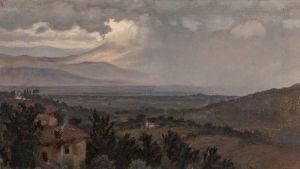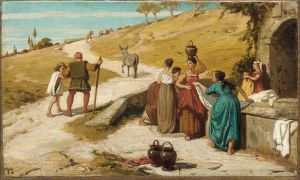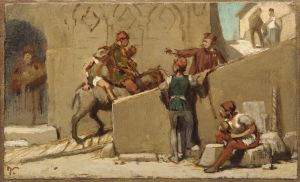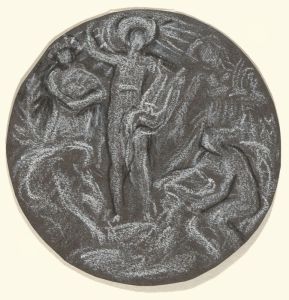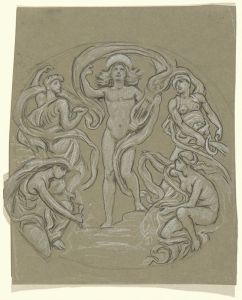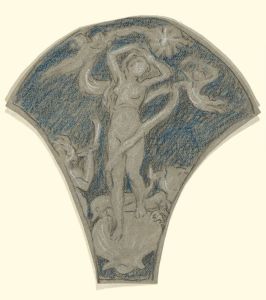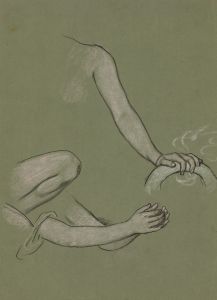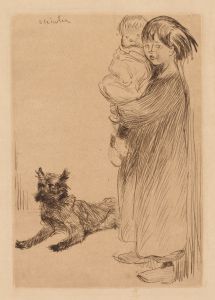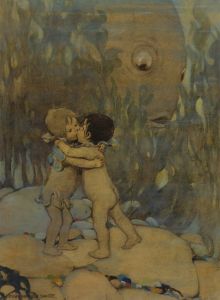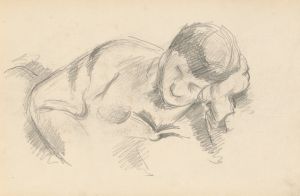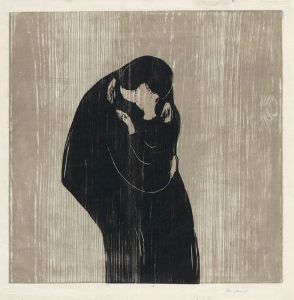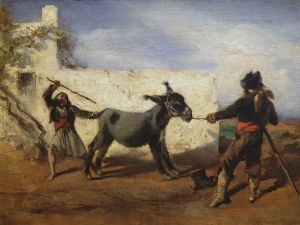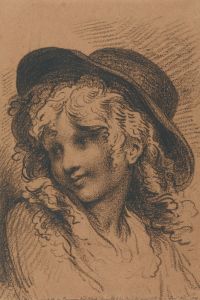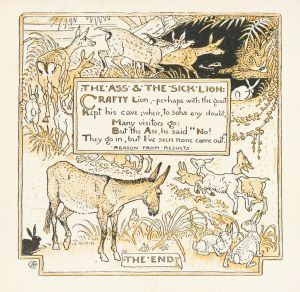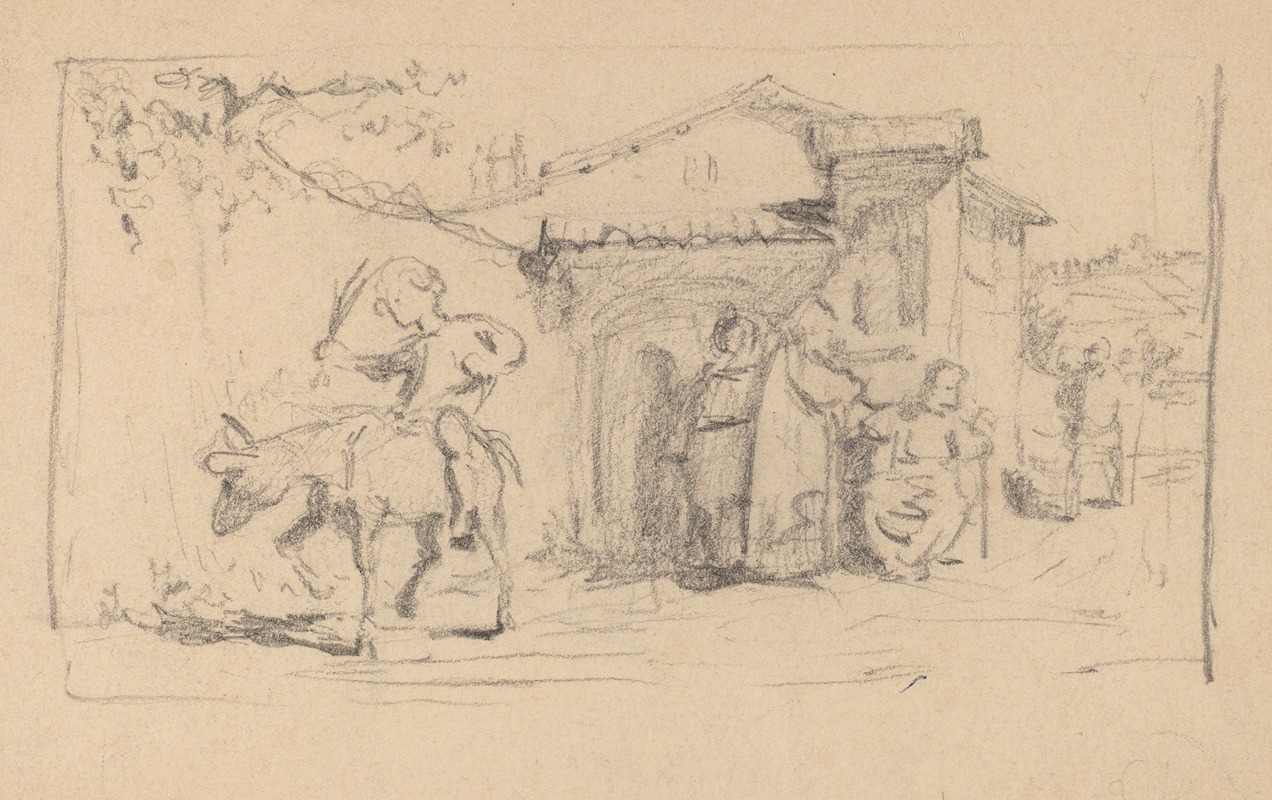
Son and Donkey
A hand-painted replica of Elihu Vedder’s masterpiece Son and Donkey, meticulously crafted by professional artists to capture the true essence of the original. Each piece is created with museum-quality canvas and rare mineral pigments, carefully painted by experienced artists with delicate brushstrokes and rich, layered colors to perfectly recreate the texture of the original artwork. Unlike machine-printed reproductions, this hand-painted version brings the painting to life, infused with the artist’s emotions and skill in every stroke. Whether for personal collection or home decoration, it instantly elevates the artistic atmosphere of any space.
Elihu Vedder, an American symbolist painter, is known for his mystical and allegorical works. One of his notable paintings is "Son and Donkey," which reflects his interest in themes drawn from literature and mythology. Vedder was born in 1836 and became a prominent figure in the American art scene during the late 19th and early 20th centuries. His work often explored philosophical and existential themes, and he was heavily influenced by the Pre-Raphaelites and the Symbolist movement.
"Son and Donkey" is a painting that exemplifies Vedder's unique style, characterized by a blend of realism and fantasy. The painting depicts a scene that is likely inspired by a fable or a parable, common sources of inspiration for Vedder. His works often incorporated elements of storytelling, inviting viewers to interpret the narrative and symbolism within the artwork.
Vedder's technique in "Son and Donkey" showcases his skillful use of color and composition. He often employed a muted palette, which added to the dreamlike quality of his paintings. The figures in his works are typically rendered with a high level of detail, and "Son and Donkey" is no exception. The painting captures a moment of interaction between the son and the donkey, with an emphasis on their expressions and body language, suggesting a deeper meaning or moral lesson.
Throughout his career, Vedder was fascinated by the interplay between the human and the mythical, and he frequently explored this theme in his art. His interest in mythology and literature is evident in many of his works, including "Son and Donkey." Vedder's paintings often invite viewers to ponder the underlying messages and to engage with the allegorical content.
Elihu Vedder spent a significant portion of his life in Italy, where he was influenced by the classical art and architecture that surrounded him. This exposure to European art traditions enriched his work and contributed to his distinctive style. Vedder's paintings, including "Son and Donkey," reflect a synthesis of American and European artistic influences, resulting in a body of work that is both unique and timeless.
"Son and Donkey" is part of Vedder's broader oeuvre, which includes paintings, illustrations, and murals. He is perhaps best known for his illustrations of "The Rubaiyat of Omar Khayyam," which further demonstrate his ability to blend visual art with literary themes. Vedder's work continues to be celebrated for its imaginative qualities and its ability to evoke contemplation and introspection.
In summary, "Son and Donkey" by Elihu Vedder is a painting that captures the artist's fascination with allegory and narrative. Through his skillful use of composition and symbolism, Vedder invites viewers to explore the deeper meanings within his work, making it a lasting piece of art that continues to resonate with audiences today.





